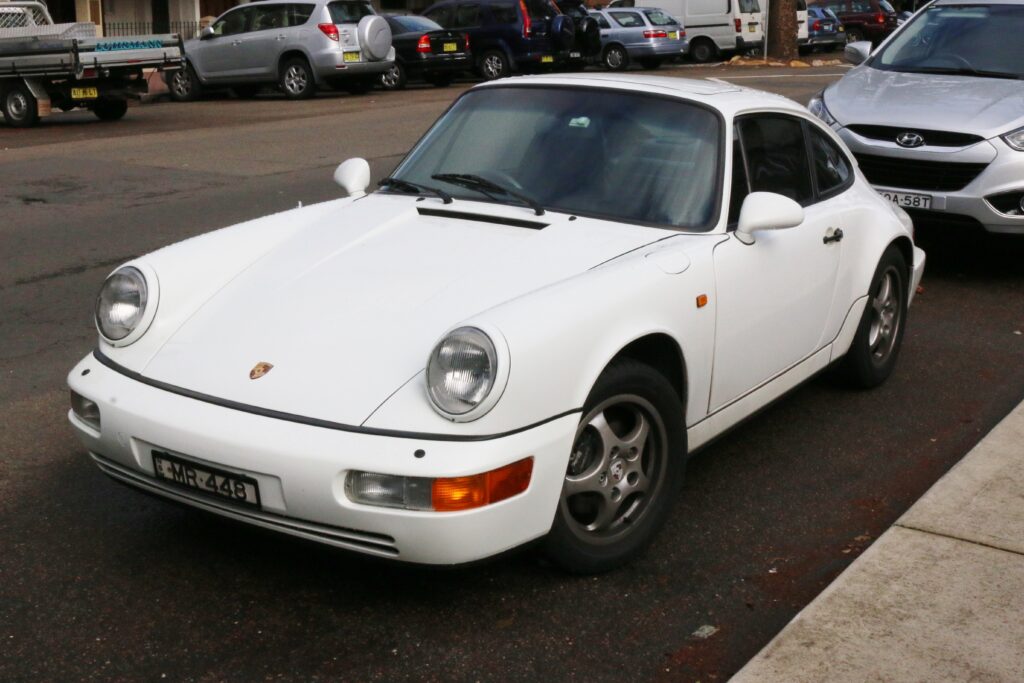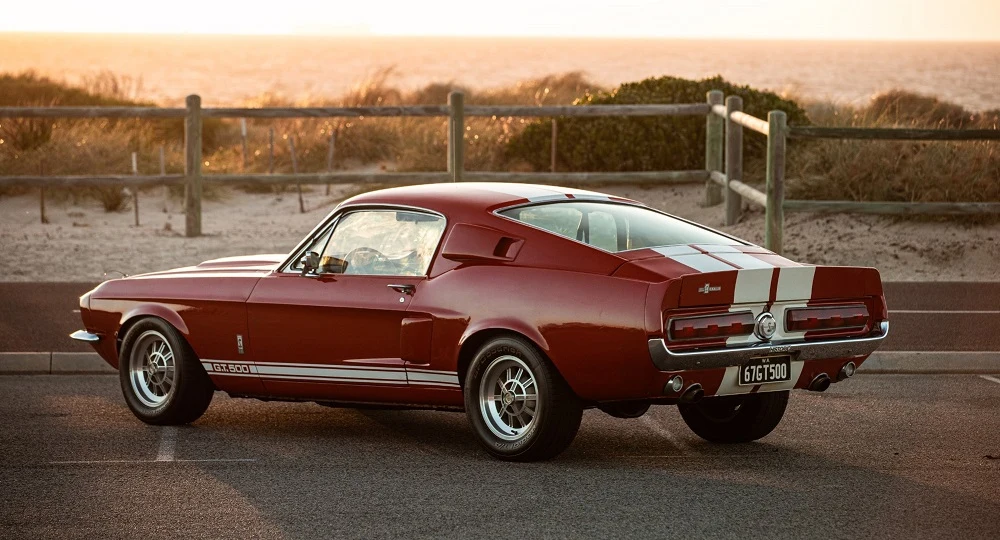
There’s an undeniable magic about cars from the 1960s. Perhaps it’s the way they effortlessly blend form and function, or maybe it’s the sheer character emanating from every curve of chrome and every rumble of an engine. Modern rides, with all their digital screens and complex systems, just can’t quite replicate that soulful charm.
I still remember riding shotgun in a friend’s ’66 Dodge Dart. It had no power steering, certainly no Bluetooth, but it possessed character in spades. The deep, satisfying rumble of the engine, the intricate chrome details, and that wide, inviting bench seat transformed even the shortest drive into an epic road trip, a genuine adventure through time.
While many iconic ’60s machines have soared into the stratosphere, commanding six-figure price tags that put them well out of reach for the average enthusiast, there’s a secret world of underrated gems just waiting to be discovered. These are the cars that offer all that vintage magic without requiring you to drain your entire savings account. They might not all be showstoppers in the traditional sense, but trust me, they’ve got soul in spades. Let’s take a journey through some of the most gorgeous and surprisingly affordable classic cars from the swinging sixties that are just waiting for a new home.
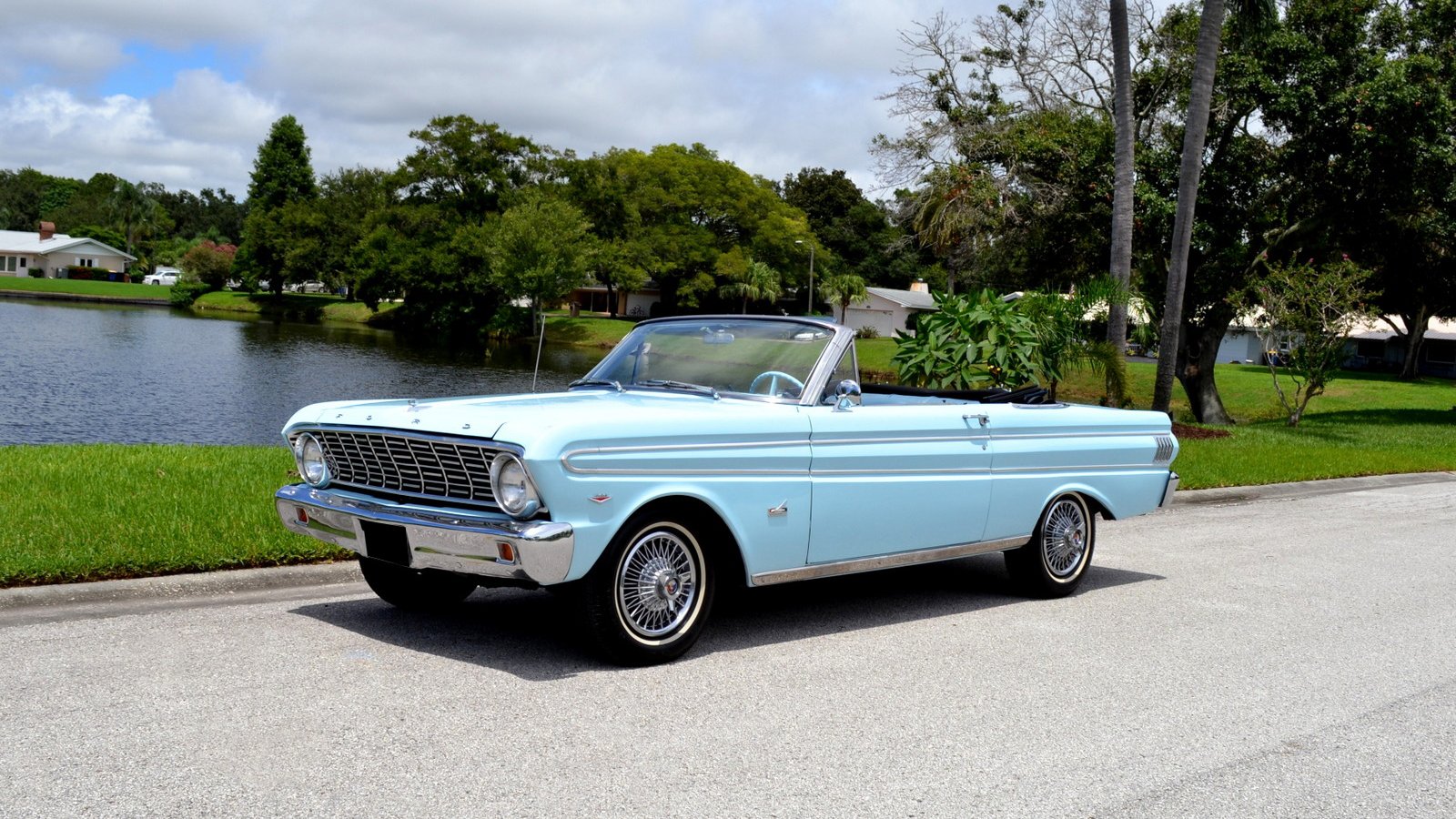
1. **Ford Falcon** Before the legendary Mustang galloped its way into America’s heart and became an automotive icon, the humble Ford Falcon held the esteemed position of Ford’s bread-and-butter compact. This everyday hero, launched in 1960, quickly proved its mettle, selling an astonishing over two million units in its first two years alone. Its widespread appeal and robust sales figures solidified its place as a cornerstone of Ford’s lineup during that vibrant decade.
What made the Falcon a perennial success story was its remarkable affordability coupled with an impressively long list of customizable options, making it accessible to a wide range of buyers. Mechanically straightforward in its design, the Falcon remains an incredibly parts-friendly vehicle, which translates directly into surprisingly affordable entry points into the rewarding world of classic car ownership today. The sprightly six-cylinder models, in particular, deliver adequate pep for everyday driving while sipping fuel reasonably, making them practical classics.
In 1964, the Falcon received its first significant redesign, coinciding with the introduction of the Mustang, a car based entirely on the Falcon’s robust underpinnings. The Falcon was available in a surprising variety of body styles, including practical sedans, stylish convertibles, versatile sedan deliveries, and spacious three or five-door station wagons, which significantly broadened its market appeal. When considering a purchase, remember that rust is your main enemy with these beauties, so you’ll want to carefully check those wheel wells before you hand over your hard-earned cash.
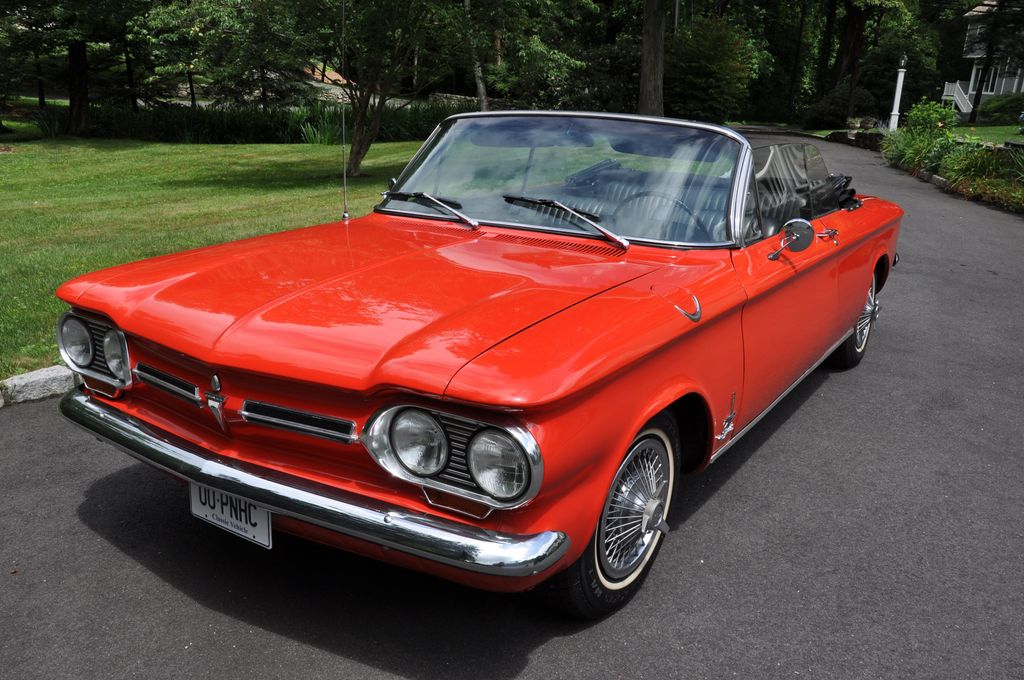
2. **Chevrolet Corvair** The Chevrolet Corvair holds a fascinating, and often misunderstood, place in American automotive history. Wrongly demonized by Ralph Nader’s controversial book, “Unsafe at Any Speed,” which heavily criticized its early handling characteristics, the Corvair was, in truth, America’s remarkably bold and innovative experiment with European-style design and engineering. It represented a significant departure from Detroit’s usual offerings.
What truly made the Corvair unique in Chevrolet’s lineup, and indeed in the entire American car industry, was its air-cooled, rear-mounted flat-six engine. This configuration was a big step for Chevrolet, placing the Corvair opposite the company’s other vehicles and featuring completely different concepts, technology, and design. At a time when compact cars were rare on U.S. soil and mostly produced by foreign brands, the Corvair entered the scene as a truly revolutionary compact car.
The later models, specifically those produced from 1965 to 1969, ingeniously solved the early handling quirks by incorporating a proper independent rear suspension, greatly enhancing their stability and driving dynamics. These refined second-generation Corvairs continue to turn heads today with their distinctive Porsche-like profiles and clean, timeless styling. For those seeking the sportiest of the bunch, grabbing a Monza coupe is definitely the way to go, offering a unique driving experience that was a bold and unusual move by conservative Chevrolet.
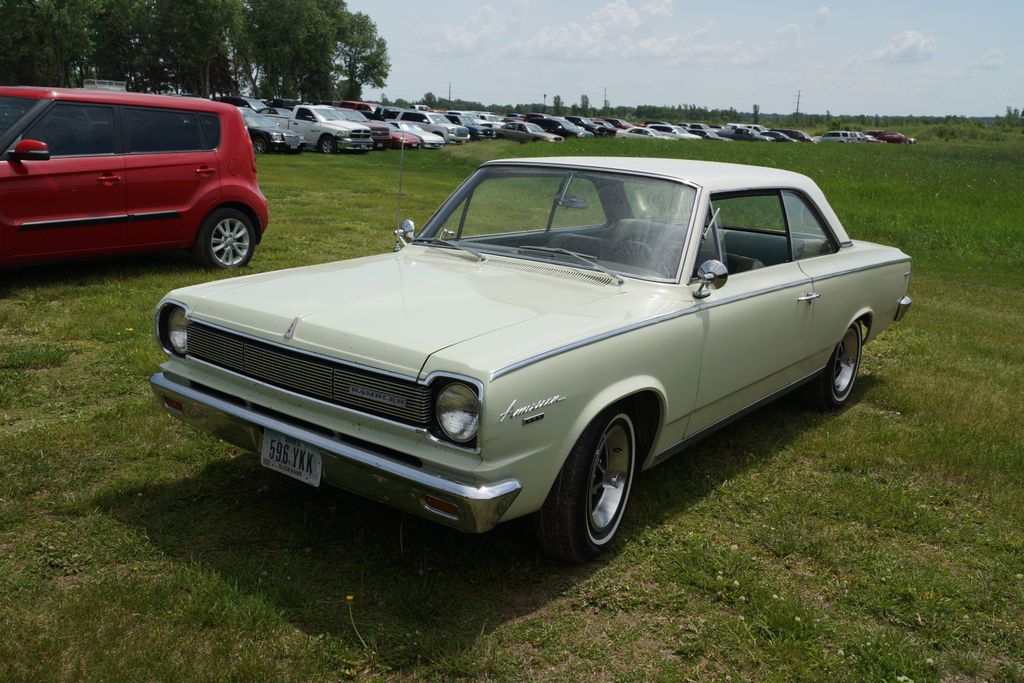
3. **AMC Rambler American** The AMC Rambler American stands out as a truly quirky and distinctly square classic, a car that was proudly unfashionable even when it was brand new. In an era when Detroit automakers were largely committed to the “bigger is better” philosophy, the Rambler American audaciously thumbed its nose at that notion, championing a different kind of automotive sensibility focused on practicality and efficiency.
American Motors Corporation, the company behind this compact warrior, built these cars specifically for practical folks who genuinely valued efficiency over ostentatious flash. This focus on pragmatic utility ensured its appeal to a segment of the market that prioritized sensible transportation. While finding parts for a Rambler American can indeed be tricky today, given that AMC vanished decades ago, this very challenge is often directly reflected in their surprisingly bargain prices, making them an excellent entry point for budget-conscious collectors.
For those looking to strike the best balance of style and affordability within the Rambler American lineup, the 1964 440-H hardtop models are often considered the prime choice. These variants offer a appealing aesthetic without breaking the bank. Furthermore, look for examples equipped with the peppy 195.6 cubic inch overhead valve six-cylinder engine, as it provides a surprisingly zippy performance for a car of its class and era, adding another layer of appeal to this understated classic.
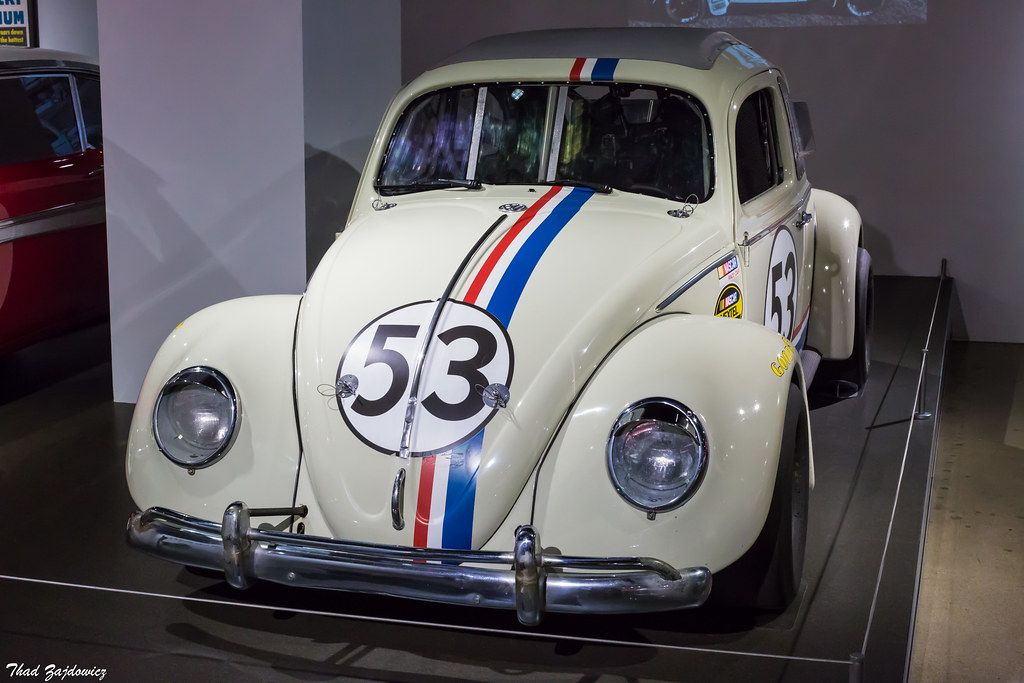
4. **Volkswagen Beetle** When it comes to embodying the spirit of counterculture, few cars do it quite as perfectly as the humble Volkswagen Beetle. While it first arrived on American shores in the 1950s, the Beetle truly hit its stride during the vibrant flower power era of the 1960s, charming drivers with its famously simple air-cooled engine and instantly recognizable, unmistakable shape. Its iconic silhouette became synonymous with an entire generation.
Despite their ubiquity and the sheer number produced, good quality Beetles remain surprisingly affordable for classic car enthusiasts today, offering an accessible entry point into vintage motoring. This enduring affordability, combined with its cultural significance, makes it a perennially popular choice. Among collectors, the 1967 model year is particularly desirable, largely due to its unique, one-year-only features that set it apart.
These distinct characteristics include slimmer bumpers and elegantly designed glass-covered headlights, giving the ’67 model a refined look. However, prospective buyers should be vigilant when inspecting a Beetle, as rust can be a significant problem for these vehicles. It’s crucial to thoroughly check common trouble spots like the floorpans, heater channels, and the battery tray before committing to a purchase, ensuring your timeless Bug has a solid foundation for many more years of joy.

5. **MG Midget** Barely larger than what some might call a glorified go-kart, the MG Midget is an absolute masterclass in delivering an outsized amount of smiles per mile, often more than cars that command prices ten times its modest cost. What this compact British roadster might lack in raw straight-line speed, it more than compensates for with its incredibly nimble handling, precise steering, and the exhilarating, unfiltered thrill of wind-in-your-hair motoring.
For enthusiasts seeking the purest and most charming iteration of this delightful car, the early Mark I and Mark II Midgets, produced between 1961 and 1966, are often considered the most desirable. These early models boast classic round rear ends and delightfully simple, uncluttered interiors that perfectly encapsulate the minimalist British sports car ethos of the era, focusing purely on the driving experience.
A notable enhancement arrived in 1966 with the introduction of the 1275cc engine, which provided a welcome boost in pep without sacrificing the car’s legendary agile handling characteristics. While the MG Midget offers immense fun on a budget, it’s worth noting that British electrics from this era can sometimes be a bit finicky. So, it’s wise to budget for some weekend tinkering or the occasional visit to a specialist to keep this little beauty running smoothly.
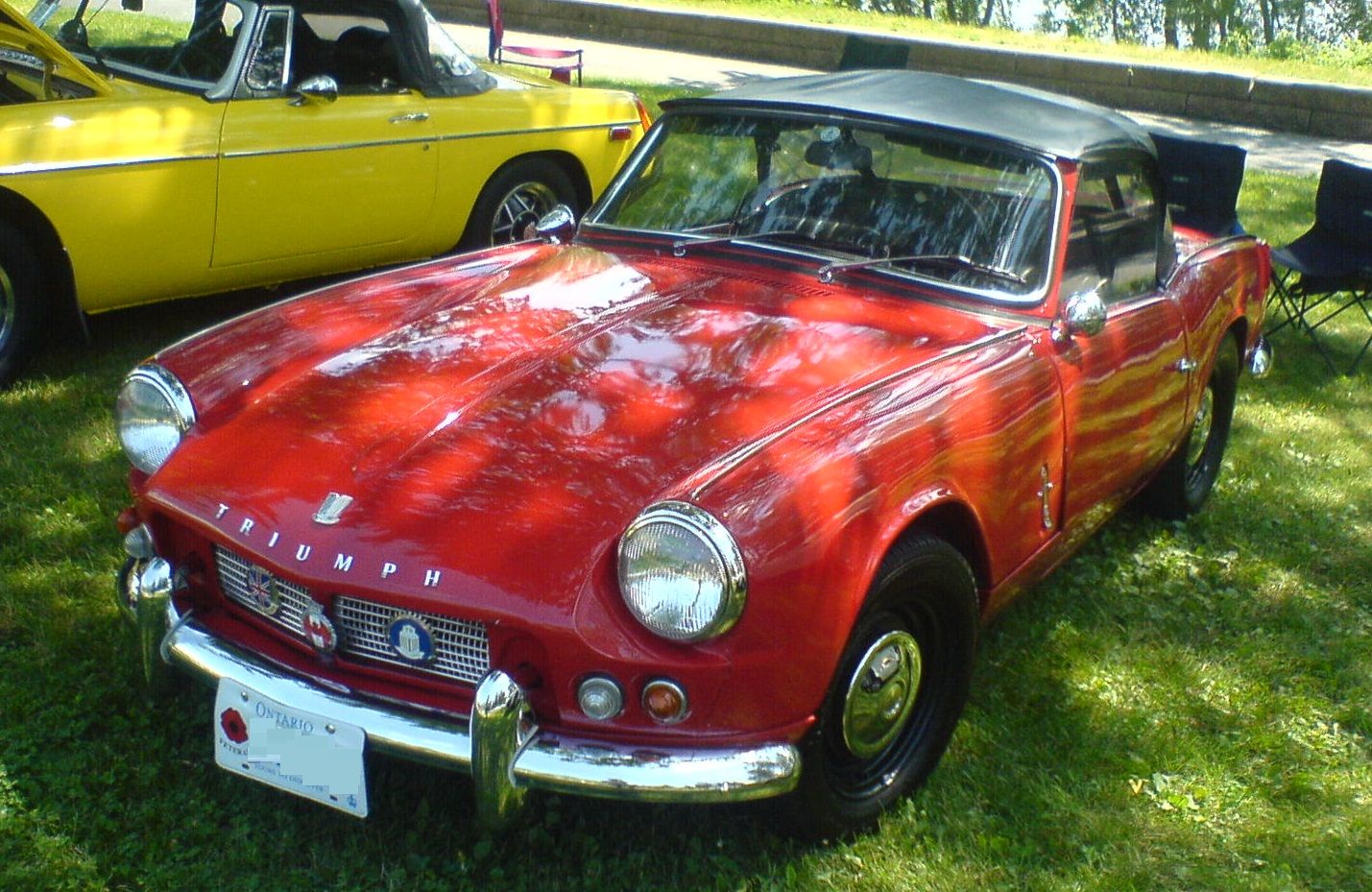
6. **Triumph Spitfire** Named with a nod to Britain’s famous World War II fighter plane, the Triumph Spitfire effortlessly brings a touch of aerial drama and exhilarating spirit to the open road. One of its most distinctive and practical features is its clamshell bonnet, which ingeniously swings forward completely, providing unparalleled and complete access to the engine bay. This makes maintenance and admiring the engine a truly delightful experience.
With the top dropped, and that wonderfully raspy four-cylinder engine purring to life, even the most mundane Monday morning commutes are instantly transformed into mini adventures, injecting excitement into daily routines. For collectors looking for the sweet spot in terms of both collectability and affordability, the Mark II models, produced between 1965 and 1967, are widely considered the ideal choice. These versions offer a fantastic balance of classic appeal and reasonable pricing.
Giovanni Michelotti’s sleek and timeless design for the Spitfire ensures that it still turns heads wherever it goes, proving that you don’t need to empty your wallet to own a truly beautiful classic car. However, like many vintage British roadsters, the Spitfire is susceptible to rust. It’s crucial for prospective buyers to thoroughly watch for rust in the sills and floors, as these areas are structural on these charming little beauties and crucial for the car’s integrity and safety.

